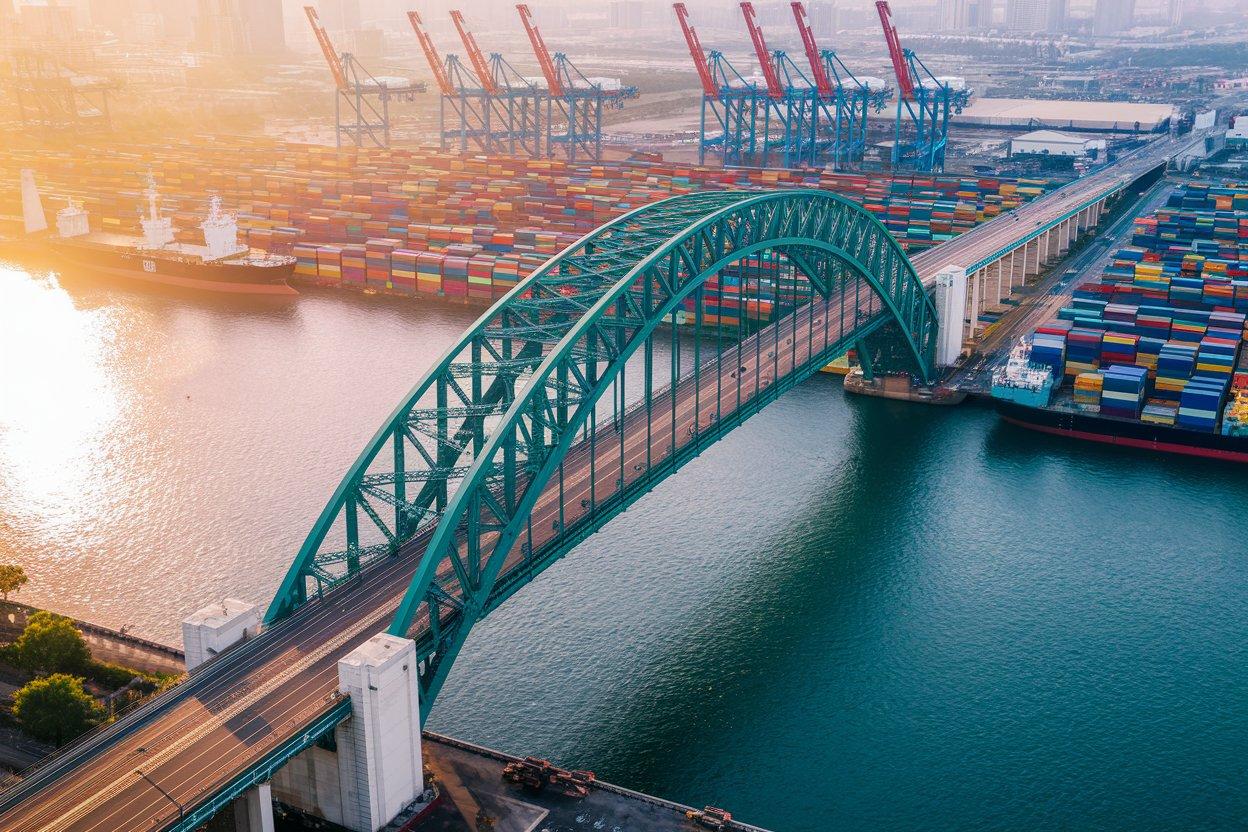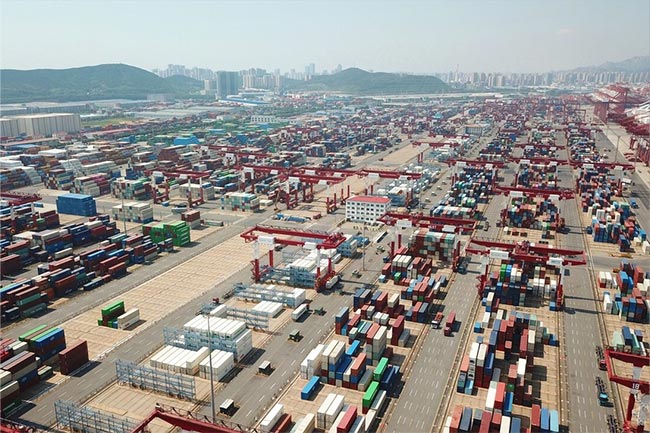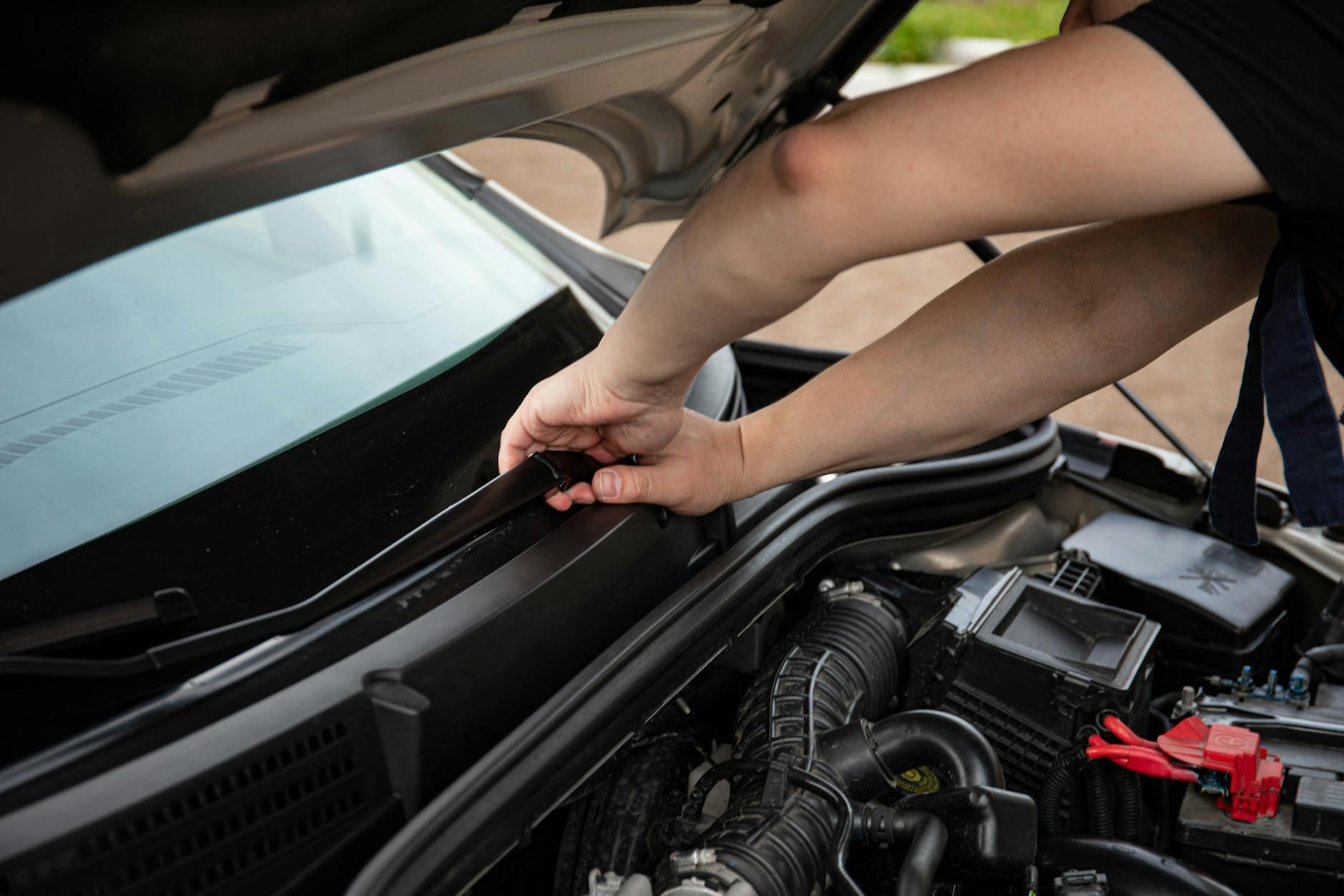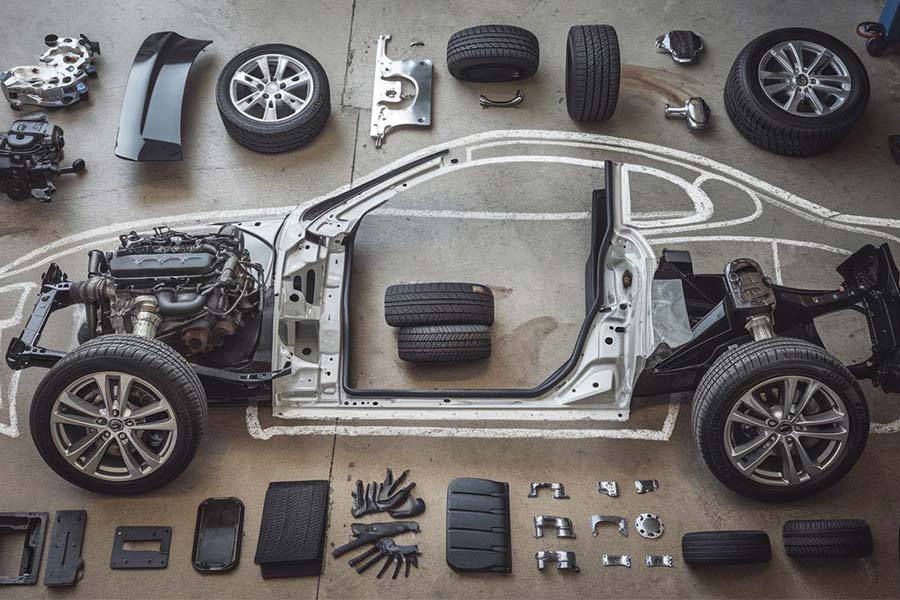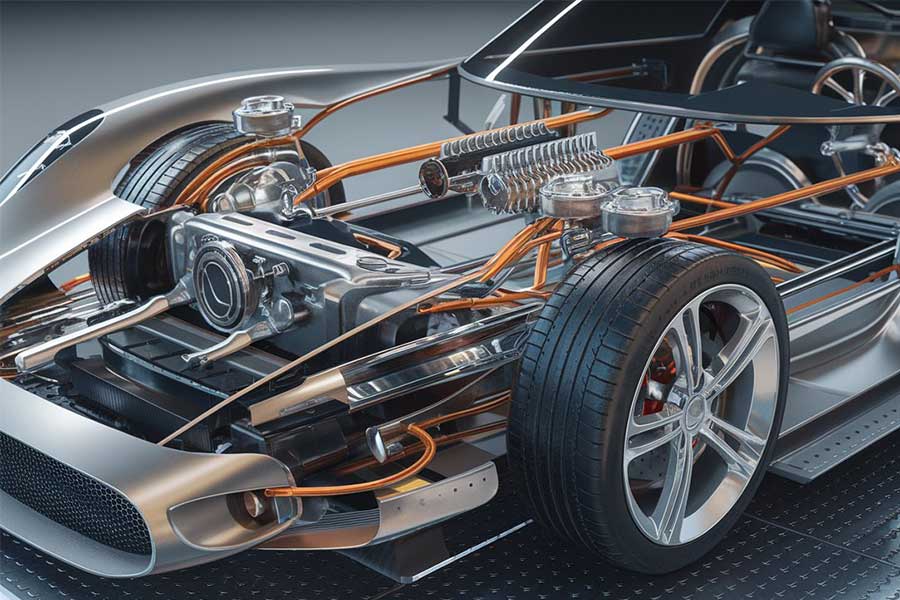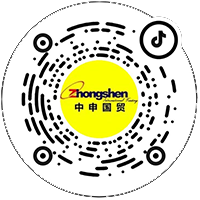- 20 Years of Expertise in Import & Export Solutions
- +86 139 1787 2118

Introduction
In today's booming global automotive industry, importing auto parts from Germany has become an important way for many companies to enhance their competitiveness. However, the international trade environment is complex and ever-changing, and the import process involves many links. Next, we will provide a detailed interpretation of the key points for importing auto parts from Germany.
Opportunities and Challenges in the Context of International Trade
Currently, the international trade landscape is undergoing profound adjustments. The rise of trade protectionism and frequent tariff adjustments have posed certain challenges to the import of German auto parts. For example, some countries, to protect their domestic auto industries, may increase import tariffs on related parts, which increases import costs. But at the same time, the integrated development of the global automotive industry has also brought opportunities.?New Energy?The rise of the automotive market has led to a great increase in demand for high-performance, lightweight German auto parts. Moreover, the development of digital trade has made information communication more convenient and procurement channels more diverse.
Key Professional Points in Document Processing
When importing auto parts from Germany, document handling is crucial. First is the Commercial Invoice, which details the description, quantity, and value of the goods and is an important basis for customs taxation. The invoice content must be accurate, including the product's HS Code (Harmonized System Code), which determines the tariff rate and regulatory conditions of the goods.
The Bill of Lading is also a key document, as it is the document of title. When choosing the type of bill of lading, it is important to reasonably determine it based on the mode of transport and trade terms. If it is?Ocean shipping?, an Ocean Bill of Lading is usually chosen. At the same time, the Packing List must detail the specific situation of the goods in each package to facilitate customs inspection.
In the process of document handling, it is recommended to establish a strict review mechanism. After receiving the documents, it is necessary to carefully check for consistency between them, such as ensuring that the goods description, quantity, and other information on the invoice, bill of lading, and packing list are consistent. It is also important to pay timely attention to changes in the document requirements of the destination country. For example, some countries may require a?Certificate of Origin?Certificate of Origin to enjoy corresponding tariff preferences.
Professional Considerations for Logistics Arrangements
The logistics link directly affects the transport efficiency and cost of the goods. Common modes of transport for shipping auto parts from Germany to China are sea,?air freight?, and land. Sea freight is relatively low-cost and suitable for large-volume cargo transport. However, the transport time is longer, so it is necessary to reasonably arrange the transport plan to avoid cargo backlog. For example, communicate with the freight forwarding company in advance to determine the shipping schedule and space.
Air freight is fast and suitable for urgent, high-value parts transport. However, air freight costs are higher, so a balance between cost and timeliness must be struck. When choosing air freight, pay attention to the airline's restrictions on the size and weight of the cargo. Land transport is suitable for transport between countries bordering Germany and offers greater flexibility.
In terms of logistics packaging, auto parts are usually quite delicate, so appropriate packaging materials, such as foam and wooden crates, must be used to prevent damage during transport. At the same time, moisture-proof and rust-proof measures must be taken. Logistics insurance should also not be overlooked. Choose appropriate insurance terms, such as All Risks or Free from Particular Average, based on the value of the goods and the transport risk.
Southeast Asian market?Import/export?Process and Solution
If the goods need to be transshipped or sold through the Southeast Asian market, it is particularly important to understand its import and export processes. Taking Malaysia as an example, for?Customs Clearance?, basic documents such as the commercial invoice, bill of lading, and packing list need to be provided. At the same time, Malaysia has specific certification requirements for auto parts, such as SIRIM certification (Standards and Industrial Research Institute of Malaysia). Although our company does not directly handle certification, we will assist clients in preparing the relevant materials.
In terms of the export process, the first step is to sign a purchase contract with the local supplier, clarifying terms such as the delivery date and quality standards. After the goods are ready, arrange for transport to a Malaysian port. At the Malaysian port, handle?Customs Declaration?procedures and pay the relevant taxes. Before exporting, it is necessary to understand Malaysia's trade regulations to avoid cargo detention or fines due to violations.
For the Southeast Asian market, it is recommended to cooperate with an experienced local freight forwarding company, as they are familiar with local port operations and trade policies. At the same time, establish good supplier relationships to ensure a stable supply and quality of goods.
VTB in the Russian market?Foreign exchange settlement?Advantages
For the import business of German auto parts involving the Russian market, the settlement of exchange should not be overlooked. Our company has the convenience of VTB settlement in the Russian market. VTB (Vneshtorgbank, a Russian?Foreign trade?bank) is an important financial institution in Russia. The settlement process is as follows: after the goods arrive at a Russian port and complete customs clearance, the importer submits the relevant trade documents, such as the commercial invoice and bill of lading, to VTB Bank. After the bank verifies the documents are correct, it will exchange the foreign currency into RMB at the agreed exchange rate and pay it to the exporter.
Settling through VTB allows one to enjoy more favorable exchange rates and reduce settlement costs. On the other hand, VTB Bank has extensive experience in Russian trade finance and may provide trade finance services to high-quality clients, alleviating the company's financial pressure. However, it should be noted that when using VTB for settlement, it is necessary to comply with Russia's foreign exchange management regulations and VTB Bank's relevant regulations.
Key Points Regarding Product Certification Services
German auto parts imported into China usually need to comply with relevant domestic certification standards. For example, CCC certification (China Compulsory Certification) is a mandatory certification for products involving personal safety, health, etc., in China. Although our company does not directly handle certification, we will assist clients in understanding the certification process and requirements.
First, help the client determine whether the product requires certification and the corresponding certification category. Then, assist in collecting the materials required for certification, such as product manuals and test reports. During the certification process, maintain communication with the certification body and provide timely feedback on the certification progress. At the same time, remind the client to plan the certification time in advance to avoid affecting the import of goods due to certification delays.
Summary
Importing auto parts from Germany requires comprehensive consideration of multiple factors, including document handling, logistics arrangements, market characteristics, and certification. In the face of a complex international trade situation, fully leveraging professional capabilities, using the company's advantages in documentation, logistics, and specific markets, and reasonably responding to challenges and seizing opportunities are necessary to ensure the smooth progress of the import business.
Category Case
Contact Us
Email: service@sh-zhongshen.com
Recommended for You
Contact via WeChat
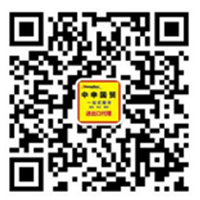
? 2025. All Rights Reserved.
